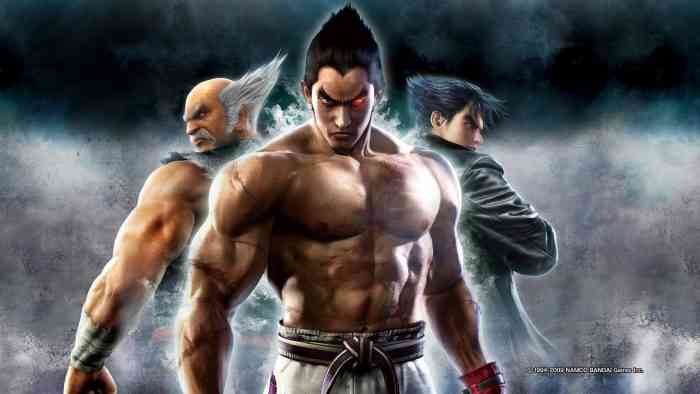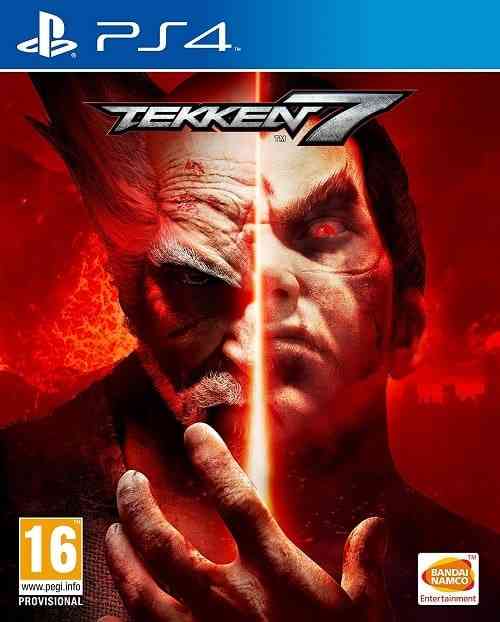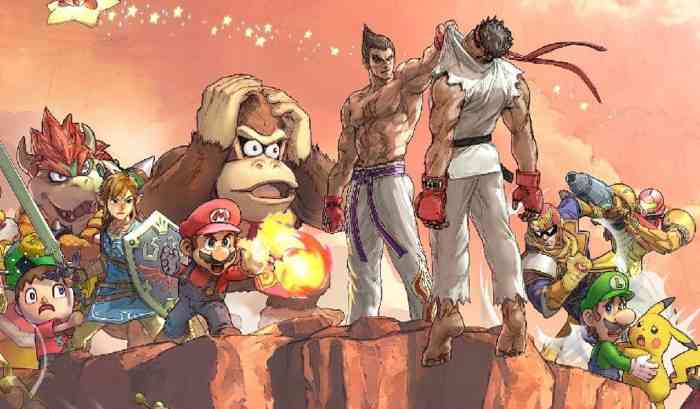COG Considers: Not All Villains Were Born Evil
Today on COG Considers, let’s talk about villain protagonists. Not the hilariously evil brand of villain protagonist games like Disgaea do so well–I’m talking about once-heroic or antiheroic protagonists who genuinely succumbed to their own flaws, became defined by their horrifying pasts, and ended up walking increasingly grim and self-destructive paths. While bad endings are common across many gaming genres, relatively few of these negative outcomes play into the official storyline of games. That makes it all the more memorable when things end badly and the story continues. With Kazuya Mishima about to arrive in Super Smash Bros. Ultimate, I wanted to take a look at what made Kazuya such a compelling character to begin with. After all, while he is still one of the Tekken series’ main protagonists, he’s been an unambiguous villain since the end of the first game.

Kazuya was introduced in the original Tekken as a young man with a chip on his shoulder. Unlike many fighting game protagonists, he didn’t fight to prove himself, to seek meaning in the heart of battle, to protect something, or even for fun. He entered the original King of the Iron First tournament to kill his evil father, Heihachi Mishima, and claim the giant international conglomerate known as the Mishima Zaibatsu for himself. Throughout the first game, it’s made clear that Kazuya is a very troubled man still suffering from the aftermath of horrific childhood trauma. One specific incident, where Heihachi threw a 5-year-old Kazuya off a cliff to test his strength–yes, the same cliff Kazuya throws his opponents off in Smash–haunts Kazuya and everyone who comes into contact with him for the rest of the series.
Why? Simple: because Kazuya would have died back then if he hadn’t activated the Devil Gene, a monstrous power carried down his mother’s bloodline. The Devil Gene allowed Kazuya to survive, but it also stole his humanity. Or perhaps that humanity was lost the moment he realized his own father had genuinely tried to kill him. Either way, the first Tekken game ends with Kazuya apparently killing Heihachi, only to steer the Mishima Zaibatsu down an even more immoral path than his father. In that moment, it becomes clear to the player that Kazuya never intended to break the cycle of violence or save any of his father’s victims, including himself. He only ever wanted the power to crush his enemies and achieve his own selfish goals, and between his newfound wealth, intense charisma, and overwhelming supernatural strength, he begins Tekken 2 as the new main villain.

Tekken 2’s heroine Jun Kazama does briefly succeed in making Kazuya question his decisions and they even form a romantic relationship, but it all comes crashing down when Heihachi returns and takes advantage of Kazuya’s shaken mental state to murder him. When Kazuya returns from the dead later in the series, it’s clear that moment of uncertainty has passed, and only callous violence remains in Kazuya’s heart.
Kazuya’s son Jin Kazama, the other Tekken protagonist who inherited the Devil Gene, spends most of his screentime desperately battling against the Devil Gene’s corrupting influence, but Kazuya never attempted to fight it. One gets the impression that he sold his soul for power at an age too young to understand what he was giving up. The result is a villain who was forced into evil in order to survive and is now unable to envision living any other way. The obsession and hatred that allowed Kazuya to overcome Heihachi in the past now prevent him from building anything positive in his life, and that makes him a genuinely tragic figure.

That said, it’s still awesome to watch him destroy anyone who stands in his way.